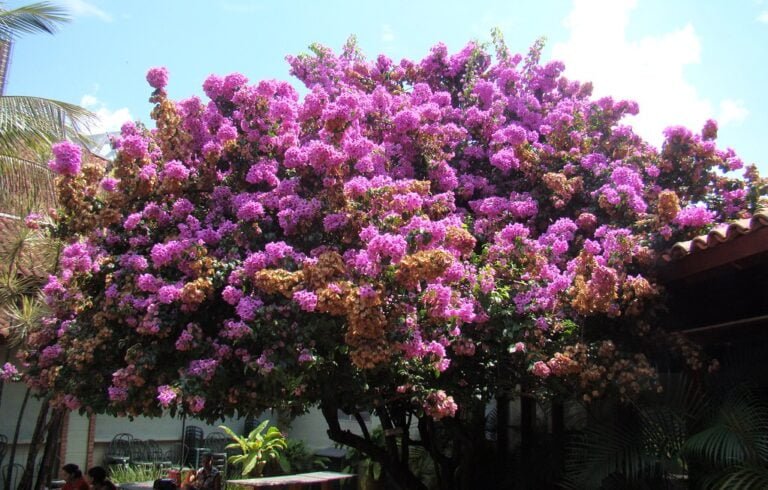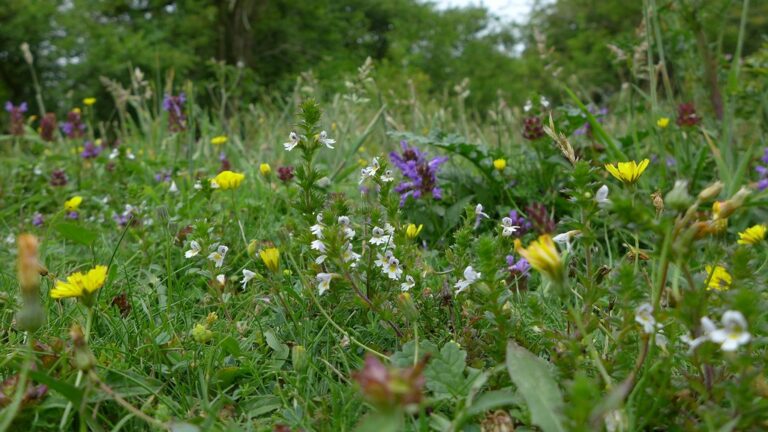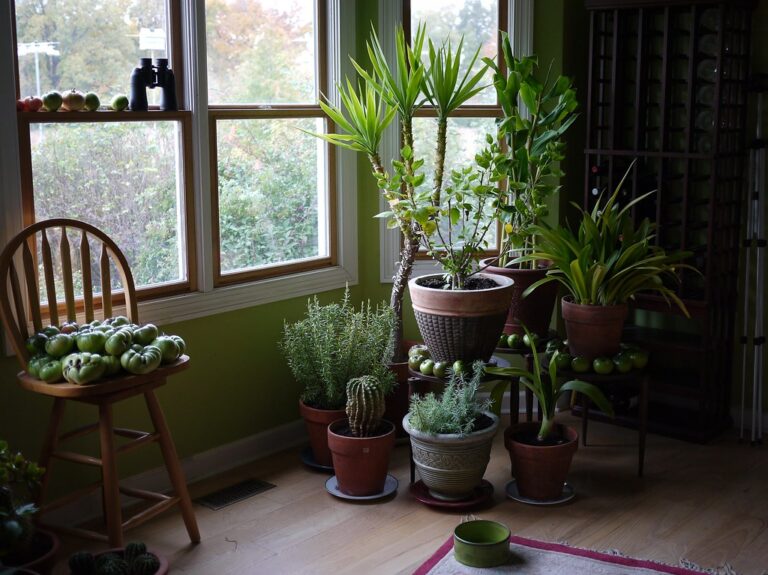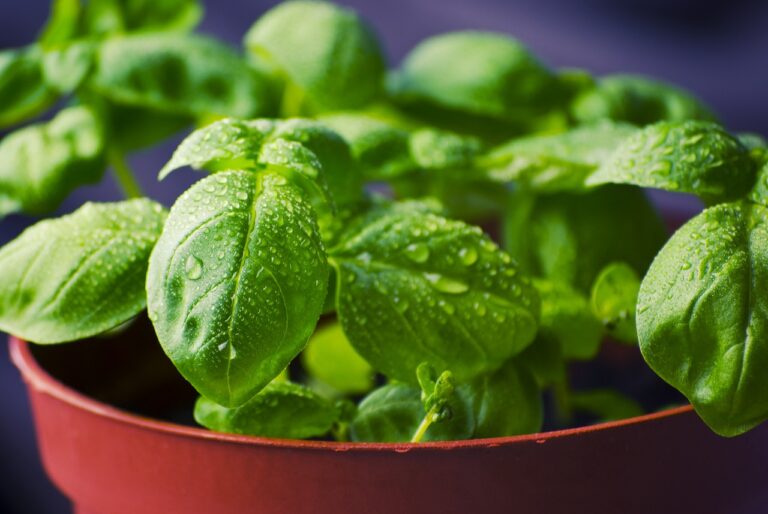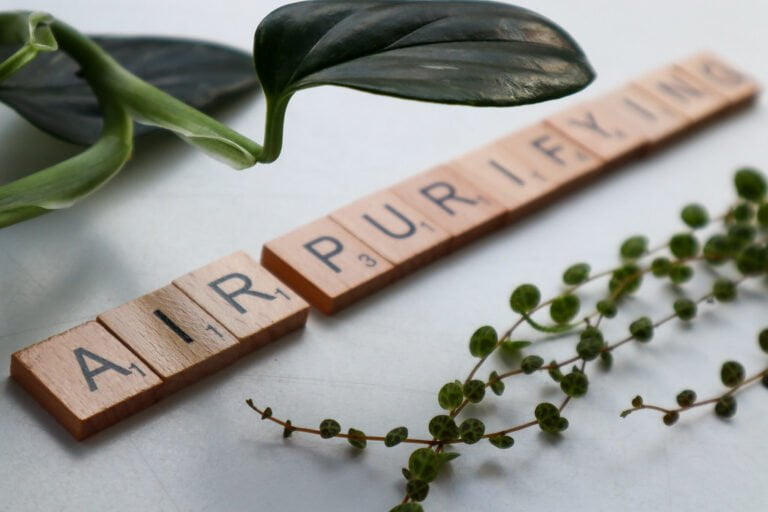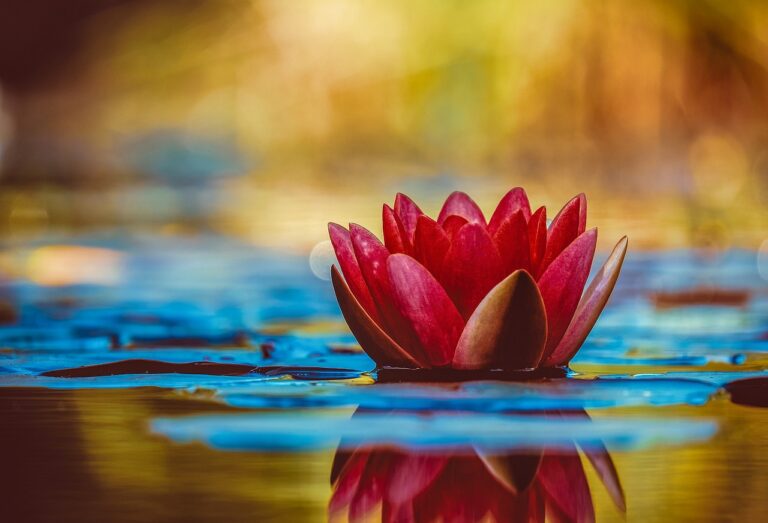Perennial Plants
Perennial plants are a fantastic choice for any garden. They require minimal care yet grow bigger and better each year, saving you time and effort. These plants also help improve soil structure and moisture levels. Some popular perennial flowers include peonies, daffodils, roses, tulips, and daylilies. For successful cultivation, maintain ideal soil pH levels, water deeply but irregularly, and provide sufficient sunlight and spacing. By incorporating a variety of perennials, you can attract pollinators and create a visually appealing landscape. Their enduring nature and ability to blossom year after year make perennial plants an excellent addition to any garden.
Benefits of Perennial Plants
Perennial plants offer gardeners a multitude of benefits, from vibrant colors to low-maintenance care, making them an essential choice for any garden enthusiast. One of the most appealing aspects of perennials is their ability to grow bigger and better year after year. This characteristic eliminates the need for annual replanting, saving time and effort in the long run. Once established, perennials require minimal attention, making them a low-maintenance option for busy gardeners.
Not only do perennials bring beauty to a garden, but they also contribute to its overall health. These plants help with soil structure by preventing erosion and promoting microbial activity. Additionally, perennials have deep root systems that draw water from lower soil levels, improving soil moisture and benefiting the surrounding plants.
When considering perennial options, varieties from Proven Winners® stand out for their quality and longevity. Plants like Lavender, Heuchera, and Hostas offer a wide range of colors, textures, and forms to choose from, ensuring there is a perennial suitable for every garden style. Investing in perennials is not just an aesthetic choice; it is a practical one that enriches the beauty of the garden year after year with minimal effort required.
Popular Perennial Flowers
Among the array of enduring blossoms adorning gardens, popular perennial flowers such as Peonies, Daffodils, Roses, Tulips, and Daylilies intrigue with their vibrant hues and unique characteristics.
- Peonies: These elegant, long-lived flowers bloom in pink, white, red, orange, or yellow, adding a touch of sophistication to any garden.
- Daffodils: Bursting with color, these flowers bloom in late winter to early spring, bringing a cheerful vibe to your outdoor space.
- Roses: Classic and timeless, roses are a staple in any garden, blooming from late spring to early autumn, filling the air with their delightful fragrance.
- Tulips: These vibrant flowers are a sight to behold, coming in a variety of colors and shapes, making them perfect for adding a pop of color to your garden.
- Daylilies: Thriving in full sun, these resilient flowers bloom abundantly in the summer months, showcasing a range of colors and sizes, making them a must-have for any perennial plant enthusiast.
These popular perennial flowers not only brighten up the garden but also provide a burst of color and beauty throughout the summer months. Whether you prefer the elegance of Peonies, the cheerfulness of Daffodils, the timelessness of Roses, the vibrancy of Tulips, or the resilience of Daylilies, there is a perennial flower for every garden enthusiast to enjoy.
Cultivating Perennials
When cultivating perennials, it’s vital to pay attention to soil quality and watering practices to guarantee healthy growth. Sunlight is another key factor to take into account, as most perennials thrive in specific light conditions. Proper spacing between plants is necessary to prevent overcrowding and allow each perennial to receive adequate nutrients and sunlight.
Soil and Watering
To nurture healthy perennials, it’s essential to ensure the soil pH levels fall within the optimal range of 6 to 7 for effective nutrient absorption. When tending to perennial flowers, maintaining proper soil moisture levels is key. Here are some important points to keep in mind:
- Water perennials deeply but irregularly to encourage deep root growth.
- Apply mulch around perennials to retain soil moisture, regulate temperature, and suppress weed growth.
- Avoid excessive watering to prevent root rot and diseases; monitor soil moisture levels regularly.
- Different perennial species have varying water needs, so adjust watering frequencies accordingly.
Sunlight and Spacing
As we focus on nurturing perennials, understanding the sunlight requirements and proper spacing for these plants is essential for their healthy growth and longevity. Sun-loving perennials, like most sun perennials, require a minimum of 6 hours of sunlight daily to thrive. Adequate spacing between these plants is critical to prevent overcrowding and promote proper air circulation, reducing the risk of diseases. Ensuring that sun perennials are planted in well-draining soil is also important to avoid waterlogging, which can harm the plants. Proper spacing not only aids in maintaining good airflow but also allows each perennial to access the necessary nutrients from the soil, supporting strong growth and vibrant blooming. Thoughtful placement of sun perennials based on their sunlight needs can improve the overall aesthetic and health of your garden display.
Attracting Pollinators With Perennials
I’ve found that planting pollinator-friendly perennials like Monarda Didyma, Daffodils, and Butterfly Weed can attract bees, butterflies, and hummingbirds to my garden. Their colorful blooms provide a feast for the eyes and essential nectar for these beneficial insects. Opting for fragrant choices like Russian Sage and Swamp Milkweed can also help create a welcoming environment for bees and butterflies in your outdoor space.
Pollinator-Friendly Perennial Plants
In welcoming pollinators to your garden, selecting pollinator-friendly perennial plants is key to fostering a thriving ecosystem. These plants not only attract bees, butterflies, and hummingbirds but also aid in essential pollination processes. To create a diverse and vibrant yard, consider planting a variety of pollinator-friendly perennials such as coneflowers, bee balms, and butterfly weeds. These flowering beauties provide an important food source for pollinators, supporting their populations and health. By incorporating these plants into your garden, you can enjoy the colorful blooms they offer while contributing to the well-being of the environment and local wildlife.
Colorful Blooms for Bees
Amidst a garden’s vibrant tapestry, colorful blooms of perennials like Monarda and lavender beckon bees with their nectar-rich allure. Monarda, also known as Bee Balm, showcases striking red, pink, or purple flowers that attract bees seeking food sources. Lavender, with its soothing fragrance and vibrant purple blooms, not only adds beauty to the garden but also entices pollinators like bees. Additionally, Echinacea, or Coneflowers, bloom in late spring with their daisy-like white flowers, offering sustenance to bees and butterflies. Sun-loving Coreopsis, adorned with bright yellow flowers, is a favorite among bees and butterflies. For a fragrant choice that attracts both bees and hummingbirds, consider planting Agastache, also known as Anise Hyssop, in your garden.
Fragrant Choices Attract Butterflies
Fragrant perennial plants such as Lavender, Bee Balm, and Butterfly Bush are top choices for attracting butterflies to your garden. These fragrant perennials release scents that butterflies find irresistible, making them frequent visitors to your garden. By planting a variety of fragrant perennials, you can create a butterfly-friendly environment that enriches the biodiversity of your garden. The fragrant choices not only allure butterflies but also add to the overall beauty and ambiance of your outdoor space. Watching these beautiful pollinators flutter around your garden adds a touch of magic to your surroundings. Additionally, these perennials come back year after year, ensuring a lasting and sustainable way to attract butterflies.
Diverse Types of Perennials
Exploring the wide array of perennials available can provide a garden with a varied range of colors, shapes, and sizes to enrich its overall appeal and diversity. Perennials like Daylilies, Echinacea, Geraniums, Dianthus, and Sun Perennials offer a multitude of options to choose from. Daylilies, with varieties such as Round Midnight, Happy Returns, and Stella d’Oro, complete their life cycle with continuous blooming throughout the season, providing different colors and sizes to suit any garden aesthetic. Echinacea, including Harvest Moon, Kim’s Knee High, and Pow Wow Wild Berry, offer vibrant and long-lasting blooms, adding a burst of color to the garden. Geraniums like Biokovo, Karmina, and Max Frei are versatile choices with various flower colors and foliage textures, enhancing the garden’s beauty. Sun Perennials such as Achillea, Agastache, Butterfly Weed, Columbines, and Coreopsis are not only resilient and drought-tolerant but also attract pollinators, making them a practical and colorful addition to any garden. When considering planting new perennials, these diverse options can create a visually appealing and dynamic landscape that evolves throughout the seasons.
Low-Maintenance Perennial Options
Exploring low-maintenance perennial options presents an opportunity to enhance your garden with minimal care while enjoying long-lasting blooms and vibrant colors. When selecting plants that not only come back every year but also are full of color, consider the following options:
- Sedum Angelina and Sedum Autumn Joy: These drought-resistant plants are not only easy to care for but also add a touch of sophistication to your garden with their bright foliage and long-lasting blooms.
- Peonies like Felix Crousse and Shirley Temple: Known for their stunning flowers and minimal maintenance requirements, peonies are a must-have for any colorful garden display.
- Russian Sage (Perovskia Atriplicifolia): This hardy perennial is a low-maintenance option that brings a beautiful silvery hue to your garden, attracting attention with its feathery foliage and lavender-blue flowers.
- Phlox varieties such as Drummonds Pink and Emerald Blue: These vibrant plants not only offer an array of colors but also require little upkeep, making them perfect for a low-maintenance garden that bursts with color.
- Salvia varieties like May Night and Blue Hill: With their striking blooms and the ability to attract pollinators, these low-maintenance perennials are a fantastic choice for adding long-lasting color to your garden while keeping maintenance tasks to a minimum.
Designing a Perennial Garden
When designing a perennial garden, careful consideration of sunlight exposure, soil quality, and plant height is essential to achieve a balanced and visually appealing landscape. Sunlight exposure plays a vital role in the success of your perennial garden. Take note of which areas receive full sun, partial sun, or shade throughout the day to select plants that thrive in those conditions. Understanding your soil quality is equally significant. Test your soil to determine its pH level and composition, making sure it can support the specific perennials you intend to grow.
Plant height is another key factor to keep in mind. Arrange your perennials strategically, placing taller plants towards the back of the garden and shorter ones towards the front. This layering technique creates depth and allows all plants to receive adequate sunlight. Additionally, incorporating a mix of early, mid, and late blooming perennials ensures continuous color and interest throughout the growing season. Grouping plants with similar water and sunlight requirements simplifies maintenance and promotes ideal growth.
To add visual interest, utilize perennials with varying textures, colors, and forms. This diversity adds depth and dimension to your garden design, making it more visually appealing. Lastly, plan for the mature size of each plant to prevent overcrowding as they grow. Providing enough space for each perennial to flourish ensures they can showcase their beauty to the fullest.

